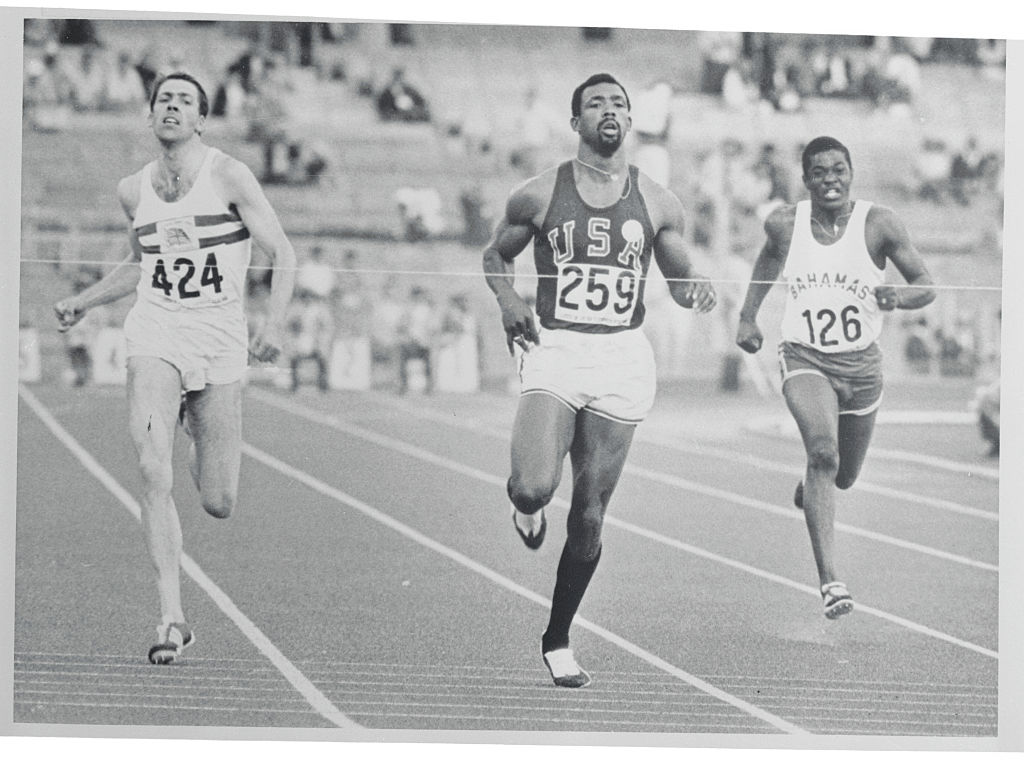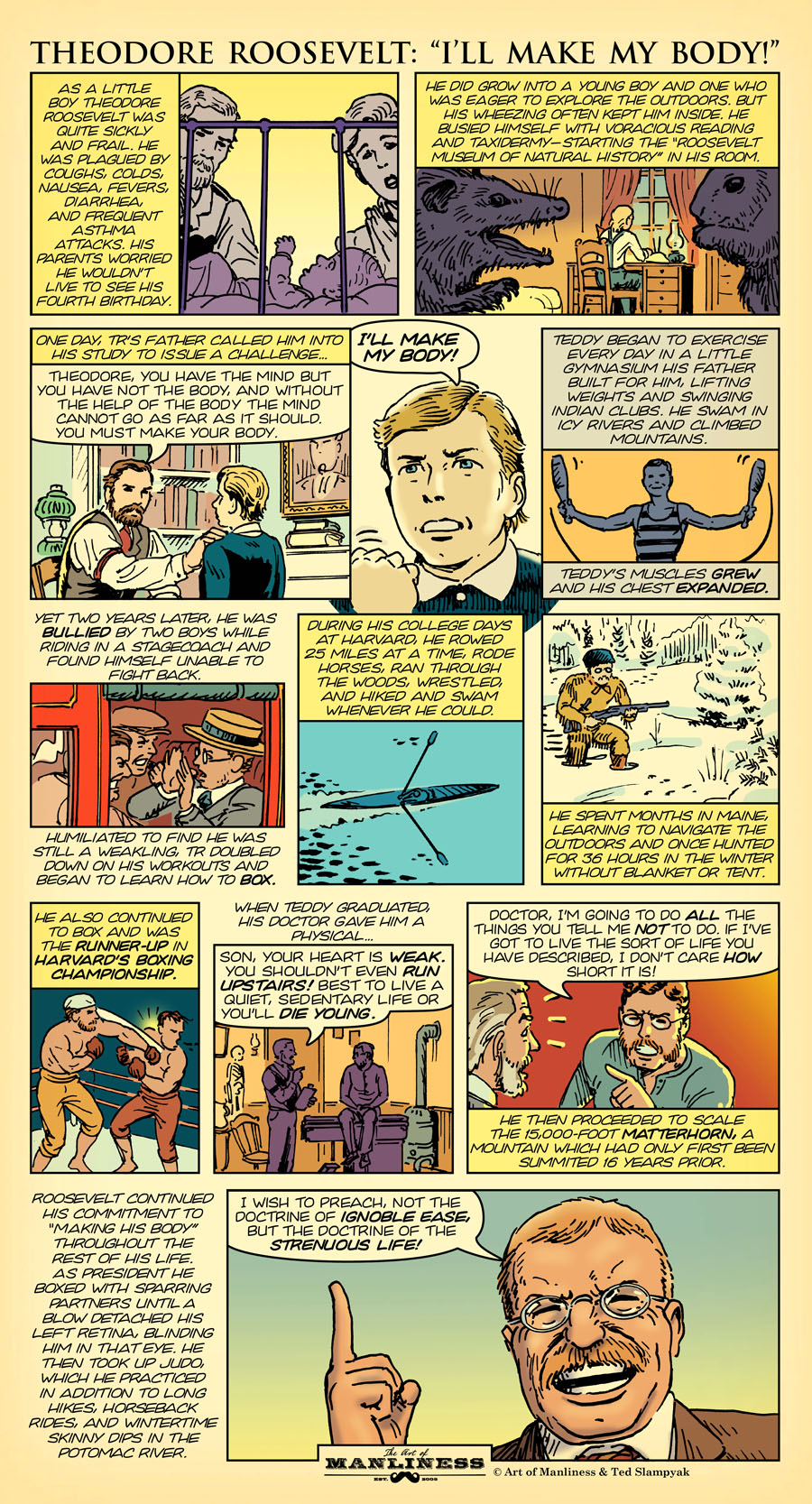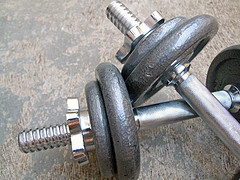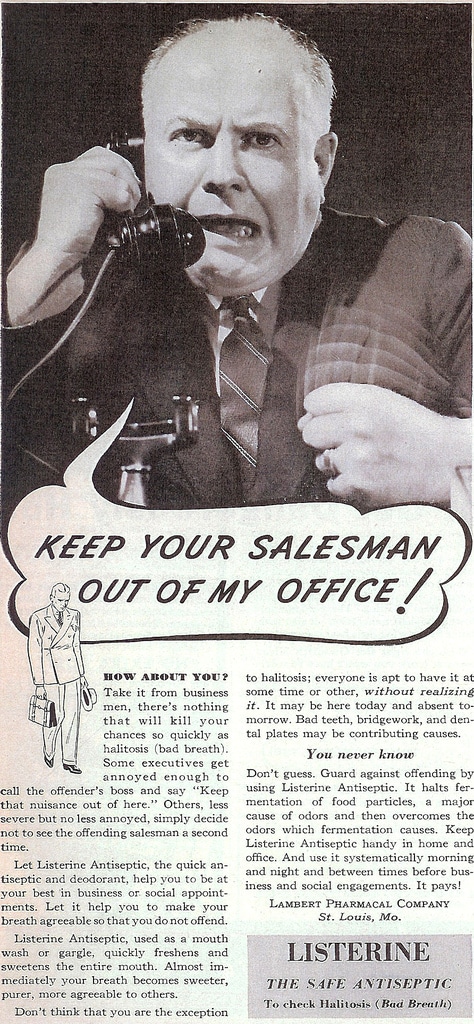
Lloyd “Bud” Winter ranks as one of the greatest running coaches of all time. During his three-decade career at San Jose State College (now University), his track and cross-country teams won several national championships, placed in the top ten over a dozen times, and produced 102 All-Americans (27 who went on to become Olympians). His athletes set 37 world records. As the result of his success, SJSC’s track stadium was known as “Speed City.”
But before he was an illustrious coach of track and field achievement, Winter served as a facilitator of aviation success.
During World War II, the U.S. military was concerned about the number of pilots who were cracking under the stress of aerial combat. The high tension and high stakes of the job were causing too many lost planes and lost lives.
Winter, who had previously studied the psychology of performing under pressure, was brought into the Del Monte Naval Pre-Flight School to head up a research program designed to help the school’s cadets relax.
Winter spearheaded the creation of protocol that aimed at alleviating mental and physical tension and was built around teaching the cadets to relax every part of their bodies – from the toes of their feet to the muscles around their eyes. The exercises were designed to help the pilots-in-training stay calm and cool in the cockpit, and also to fall asleep fast in their off hours, so that they could be better rested and less fatigued.
The program was a phenomenal success: the cadets who received the relaxation training improved their scores in both the classroom and on the playing field, and heightened their focus, increased their reaction time, and elevated their speed and stamina. 96% also learned how to fall asleep in two minutes or less, no matter the circumstances. (Click here to learn the technique Winter taught the cadets for falling asleep at the drop of a hat.)
After the war, Winter applied the tension-relieving techniques he had helped develop for combat flyers to creating world-class athletes. He wrote of his time at San Jose State College: “We preached relaxation from the time the athletes started their warm-up until they unlaced their shoes at the end of the workout.” Winter believed that trying too hard actually hurt performance, and that an athlete did better when he was going at nine-tenths effort rather than 100% all-out. His watchword for all his track and field athletes, from sprinters to shot putters, was “stay loose.”
With his distance runners in particular, he made their daily chant: “Let the meat hang on the bones.” By this he meant letting go of physical tension and allowing their “antagonistic” muscles — all the muscles not in use at a given moment — to relax. E.g., when you’re using the muscles involved in swinging an arm forward, you let the muscles used to swing it back relax.
Of course, it’s a little hard to keep track of which muscles are and aren’t in use while you’re in motion, so the two biggest cues Winter impressed on his runners over and over again were “loose jaw — loose hands.” Winter thought that relaxing your jaw and hands “tends to keep your entire body relaxed,” and that this was especially true in regards to the former body part: “Relaxing your jaw is one of the keys to relaxing all over. If your jaw is relaxed, it is a good bet your whole upper body is relaxed.” Winter constantly reminded his runners to let their jaw sag, to let their whole mouth, even their lips and tongue, relax, and go for a “brook trout look.” And he’d get on them to let their hands go limp, instead of being tensely balled up.

One of the athletes Bud Winter trained was Olympic medal winner John Carlos. Most appropriately, the caption which accompanied this photo in the archive from which it was retrieved read: “USA’s John Carlos (259) gets to the tape looking almost relaxed to win the men’s 200-meter dash, 2nd round heats.”
Winter truly believed that his “loose jaw — loose hands” motto was what helped his SJSC teams set so many world records. The reason the technique worked to maximize athletic performance, he thought, was because “your body is operating more efficiently and you are using fewer muscles than before to do the same task. You are literally getting more mileage out of the same amount of gasoline.”
Modern research would theorize that relaxing your face and hands is effective less because of its impact on your physiology than its influence on your psychology. Emerging studies show that the brain, which wants to conserve your physical resources for survival, puts the brakes on exertion based on your perceived level of effort. The higher the degree of perceived effort, the more your body wants to ease up. So if you’re clenching your jaw and fists, your mind gets the message that you perceive your run to be very difficult, and thus decreases available speed and stamina. When you relax your body, on the other hand, your mind thinks you’re not working so hard after all, and doesn’t trigger the throttle on your power. It’s by the same token that studies have found that simply repeating a mantra to yourself like “I’m feeling good!” (even if you’re not), allows athletes to push themselves to go farther and faster.
So the next time you’re on a run, and feeling your mojo flagging, check to see if you aren’t plodding along with a grimace on your face. If so, relax your mug into something resembling a blissed-out brook trout. Loose jaw — loose hands.







